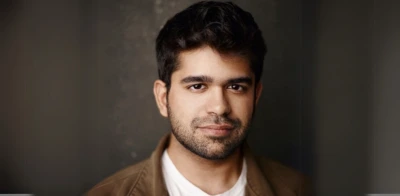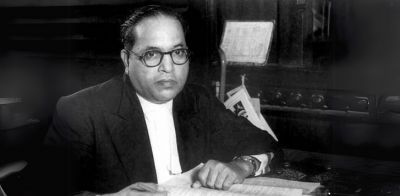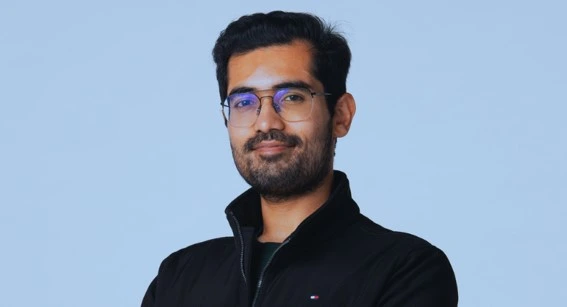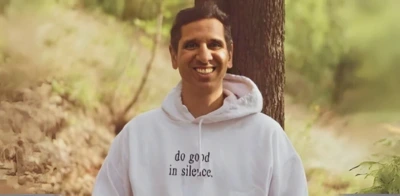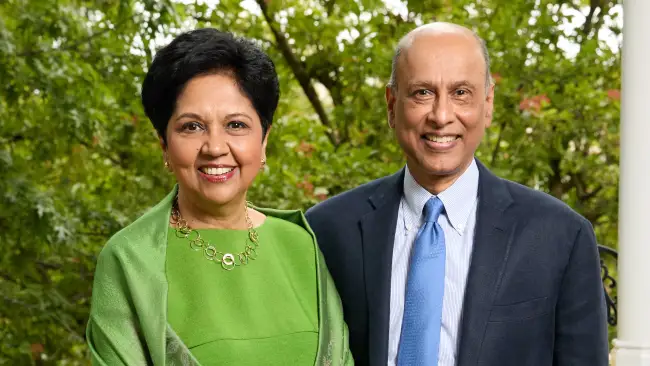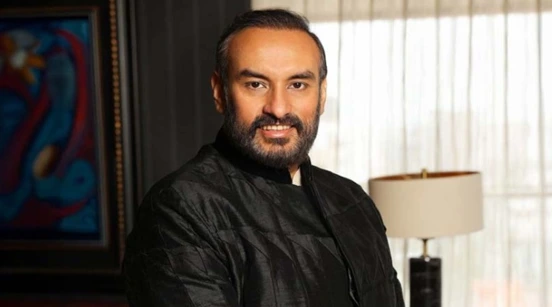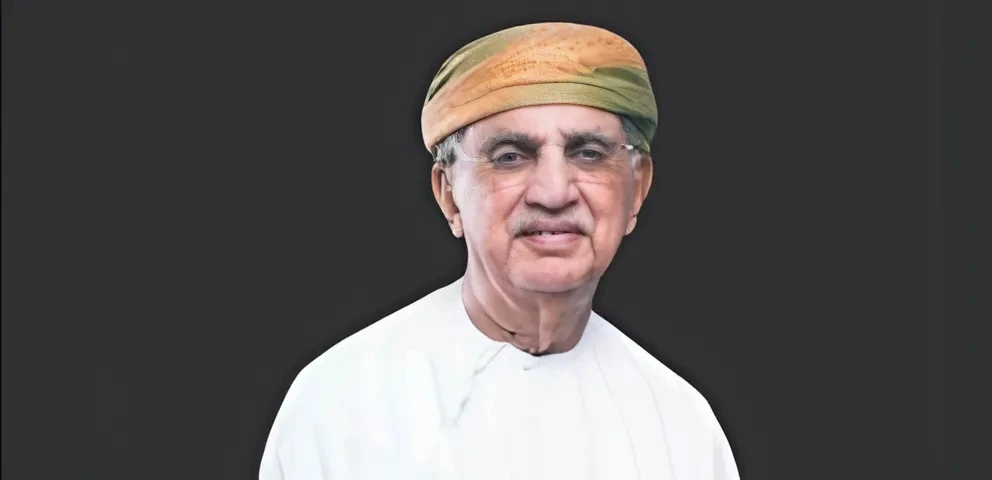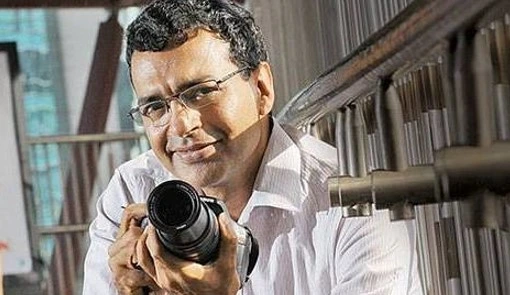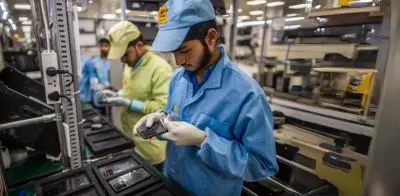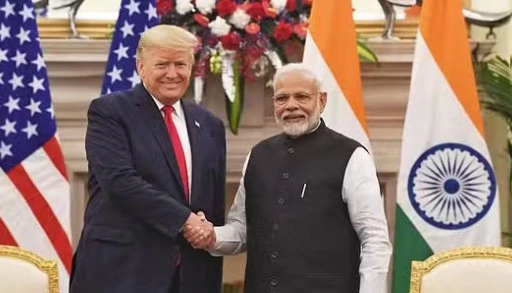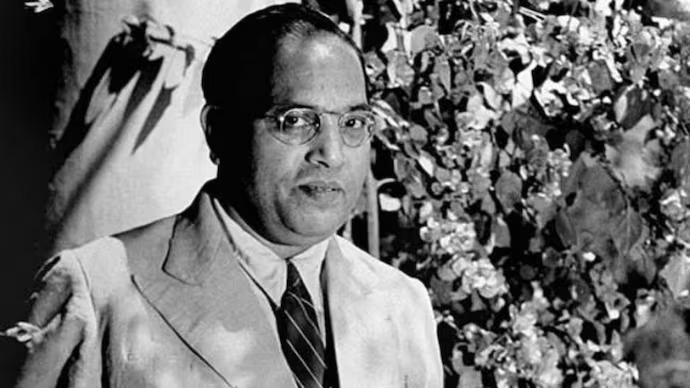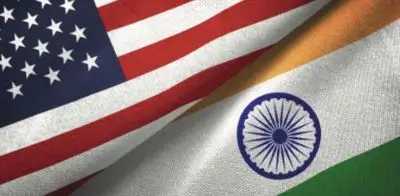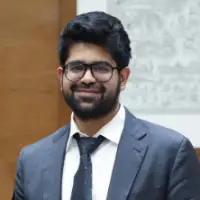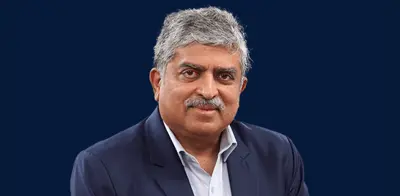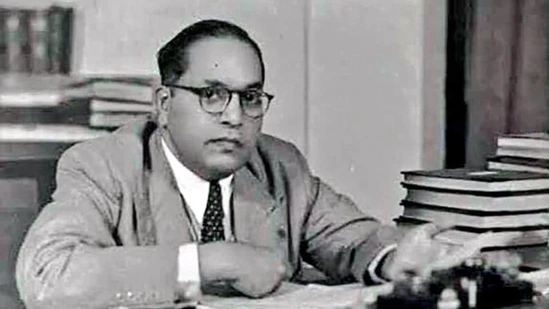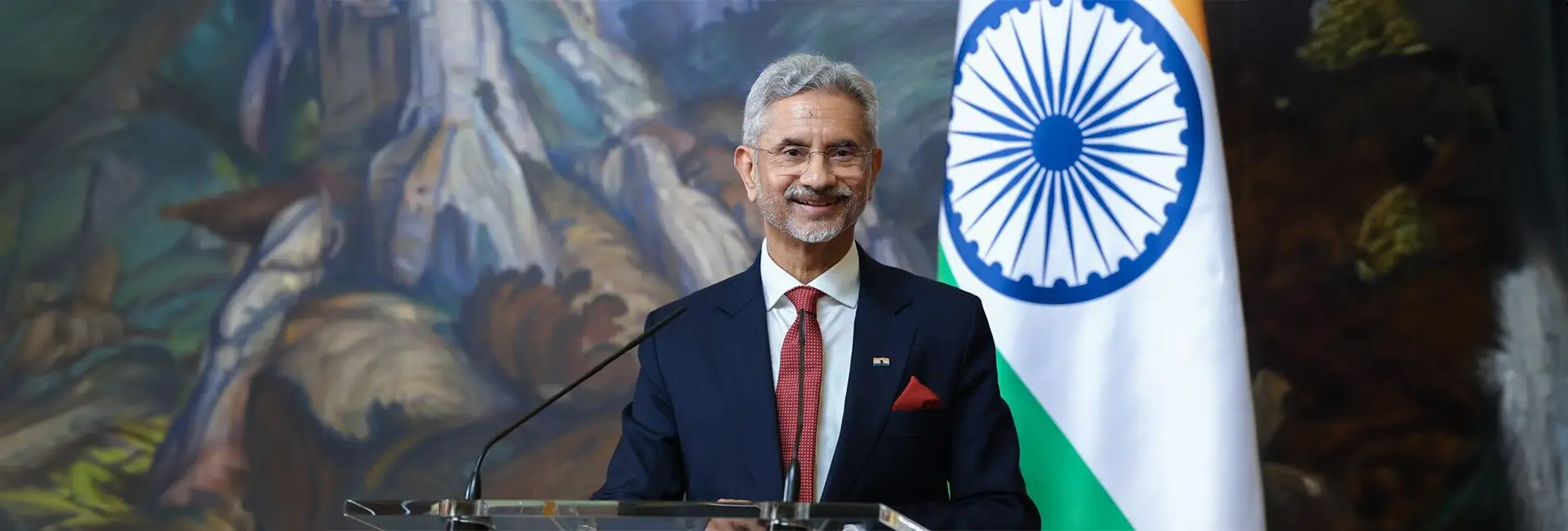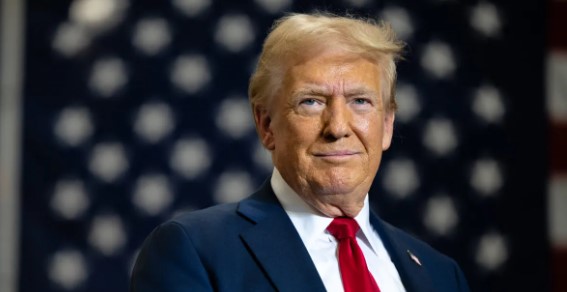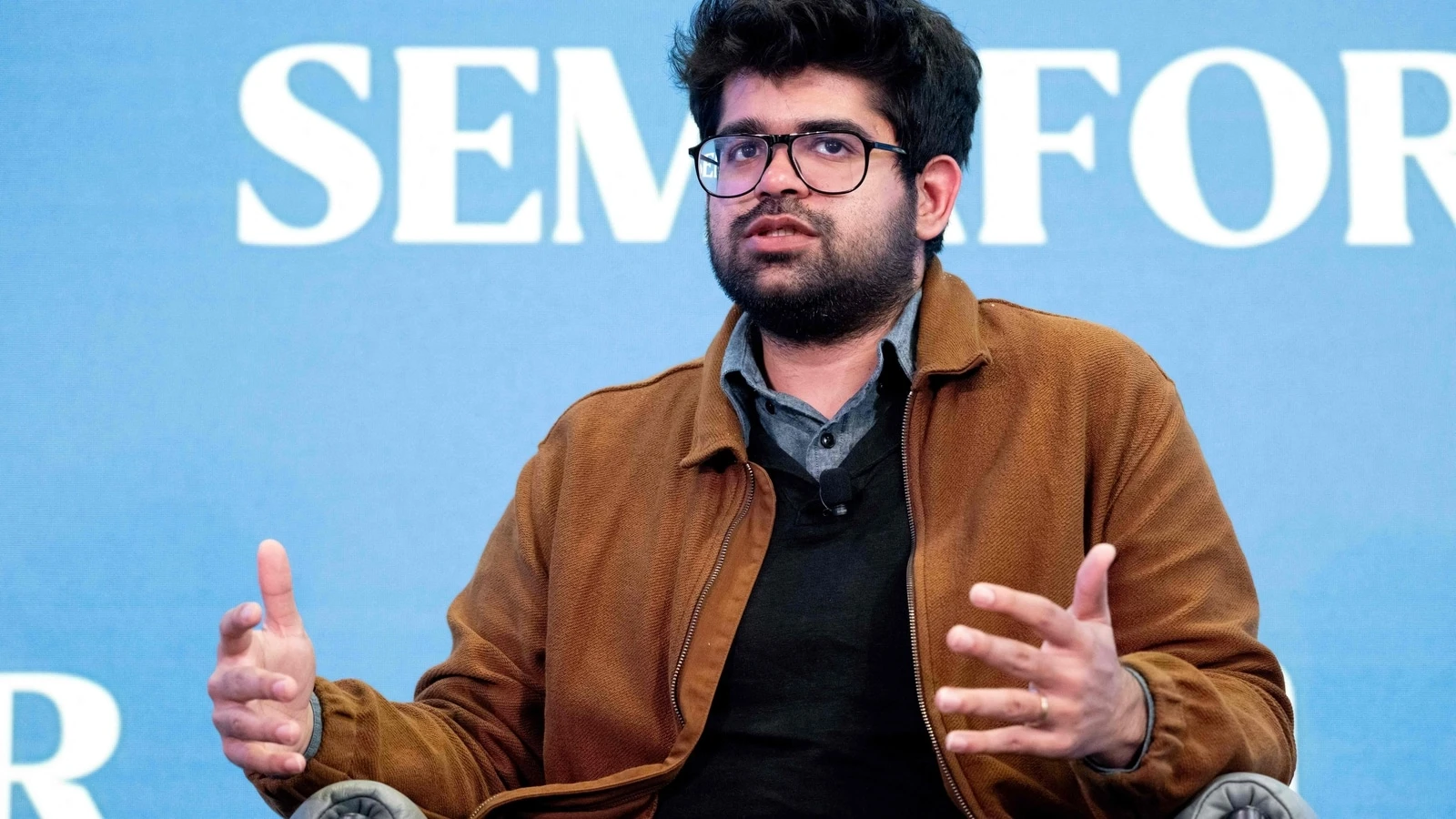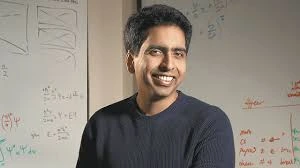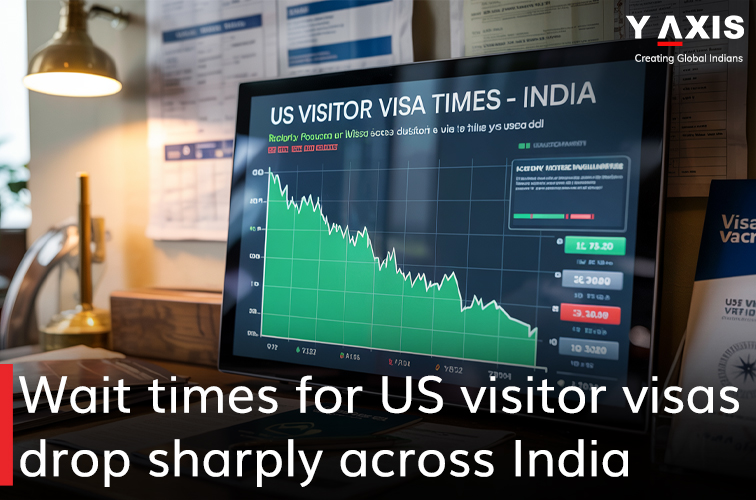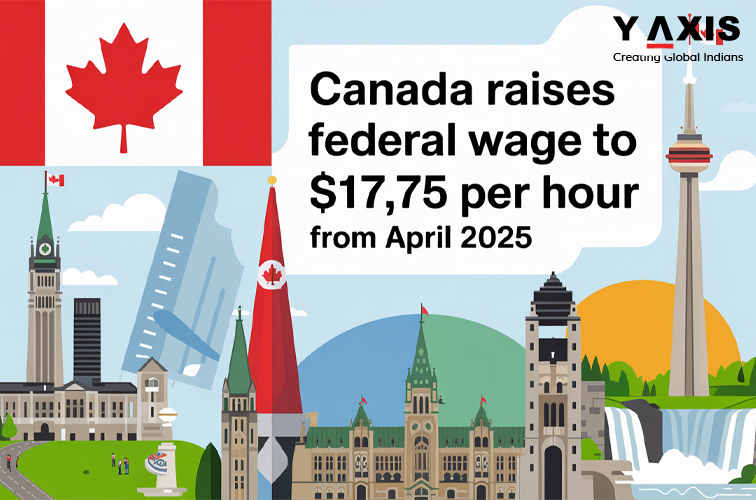MARKET PLACE
Stories that are researched and written by our editorial team
GLOBAL INDIAN | CAMPUS LIFE
Want to contribute? Write to us at editor@globalindian.com
GLOBAL INDIAN | WORK LIFE
Stories that are researched and written by our editorial team
GLOBAL INDIAN | CUISINE
Stories that are researched and written by our editorial team
Global Indian | ZIP CODE 
Global Indians | Giving Back
Ideas, initiatives and projects that are making a difference
Global Indian | Startups & Entrepreneurs
Global Indian | Culture
Global Indian | Good Reads
Top reads curated from the internet

Indian H-1B holders caught in layoffs, visa chaos and shutdowns across US firms
The article first appeared in Business Today on Apr 16, 2025. Thousands of Indian professionals in the US, particularly those on H-1B visas, are confronting a double crisis—mounting layoffs across sectors and a tightening immigration climate that’s pushing many to the edge of deportation or forced exits. The pressure is intensifying as layoffs ripple through tech, consumer, and manufacturing firms. A growing number of H-1B holders are sharing personal accounts on Reddit and X, revealing cancelled visas, terminated teams, and visa transfers abruptly denied. One devastated tech worker wrote on Reddit, "Hey guys. So I am devastated. I was traveling back to the US after getting a new job (status transfer still pending)... They denied me entry and cancelled my B1 and H1B visas." Another Indian professional, who had just secured an H-1B slot after years of waiting, said: "I made serious impact here... and all of a sudden no sponsorship—AFTER I GOT SELECTED?!" The employee, still on STEM OPT, added, "Been here 10 years, waited for this very moment, only to be taken away... I have only 10 months left here... and if they do not sponsor, and also fire me, no one is going to hire me... I would need to go back to a home country that is on a brink of a civil war." Read more at Business Today Find more Global Indian Top Reads

Trump’s Trade War With China Could Be Good for India. But Is It Ready?
The article first appeared in NY Times on Apr 15, 2025. As global supply chains shift under the weight of geopolitical tensions, India finds itself at a pivotal crossroads. With the U.S. considering a fresh wave of tariffs on Chinese goods, including a steep 60% levy under Donald Trump’s proposed trade strategy, businesses around the world are urgently seeking alternatives to Chinese manufacturing. For India, this could be the long-awaited moment to establish itself as a credible global manufacturing hub. The opportunity is real and growing. Major economies are reconsidering their dependence on China, especially in electronics, textiles, and machinery. India, with its vast labor force and favorable demographics, seems like a natural successor. Yet, the journey from potential to performance is riddled with challenges. On the ground, manufacturers in India face a chronic shortage of skilled labor, which hampers productivity and quality. Despite millions entering the workforce each year, vocational training and practical experience remain limited. Beyond human resources, manufacturers struggle to secure key components due to underdeveloped supply networks and weak logistics infrastructure. Even when goods are produced, they often face delays at ports, customs, and checkpoints—reflecting the persistent bureaucratic inefficiencies India is known for. The government has rolled out initiatives like “Make in India” and production-linked incentives (PLIs) to attract foreign investment. While these policies are helping, systemic issues—like inconsistent state-level regulations, unpredictable policy shifts, and unreliable electricity—continue to deter investors who might otherwise consider India a serious alternative to China or Vietnam. Multinational companies are cautiously optimistic. Some are expanding operations in India or building secondary supply bases. However, few are willing to make a full-scale pivot away from China just yet. For India to truly capitalize on this global transition, it must go beyond headline reforms and focus on executing reliable, on-the-ground improvements—particularly in training, logistics, and governance. In essence, India stands at the threshold of transformation. The opportunity to become the world’s next manufacturing powerhouse has never been greater, but whether the country can overcome its structural bottlenecks remains uncertain. The world is watching, and the decisions India makes now could define its economic trajectory for decades.... Read more at NY Times Find more Global Indian Top Reads
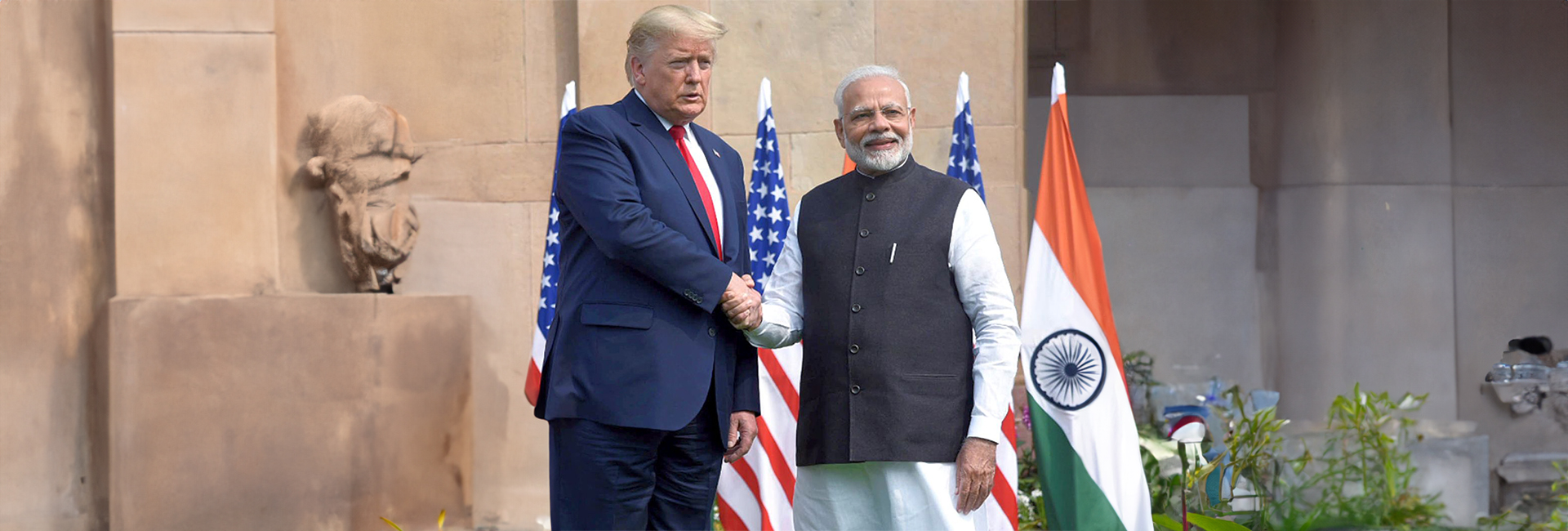
India Sees Opportunity in Trump’s Global Turbulence. That Could Backfire.
The article first appeared in Emissary on Apr 9, 2025.

We need to engage with Ambedkar’s legacy in all its complexity and urgency
The article first appeared in The Indian Express on Apr 14, 2025. What a remarkable reversal of fortune history has delivered. B R Ambedkar — once denounced by orthodox caste Hindus and dismissed by Congress and the Left as a sectarian figure — has emerged as one of the most invoked and revered personalities in Indian public life. His stature has grown so immense that even the tone and context in which his name is uttered in Parliament can provoke a political storm. This shift can be attributed to the politicisation and consolidation of Dalit identity around Ambedkar’s legacy — a reality that dominant caste-led political parties, for reasons of electoral expediency, dare not challenge in public discourse.
The enduring iconisation of Babasaheb by Dalits — despite relentless hostility and acts of desecration directed at his statues — has drawn both incredulity and resentment from sections of India’s elite. Sadly, the public discourse around Ambedkar continues to be constrained by two dominant frameworks — either his legacy is reduced to a tool of instrumentalist electoral politics, or Dalits are subject to moral scrutiny for their passionate reverence. Both approaches obscure the full breadth of his legacy, which encompasses his spirit, actions, and writings. Ambedkar provides us with an ethical and political compass to navigate the complex crises of our time...
Read more at The Indian Express Find more Global Indian Top Reads
Will trade-shy India gain edge in tariff-driven slowdown?
The article first appeared in BBC on Apr 10, 2025. India’s large domestic market has long served as a powerful engine for economic growth. In recent years, this internal demand has played an even more vital role, helping the country grow faster than many global peers, especially as the world economy slows down. Economists believe that India’s cautious, sometimes inward-looking approach to trade, once considered a hindrance, may now be proving useful in a volatile global landscape. As countries scramble to adjust to evolving trade policies, such as former U.S. President Donald Trump’s recent 90-day pause on tariffs after weeks of threats, India’s limited exposure to global goods trade has offered some insulation. Export-heavy economies have been more vulnerable to these policy shifts, facing disruptions to their supply chains and slower growth. In contrast, India’s emphasis on self-reliance, supported by its vast domestic market, has helped it stay on a more stable path. “India’s lower reliance on international trade could benefit us right now,” says Rajeswari Sengupta, associate professor of economics at the Indira Gandhi Institute of Development Research in Mumbai. “If countries that depend on exports slow down under tariff pressure and India continues to grow at 6 percent, we’ll stand out, especially with our large domestic market to fall back on.” However, Sengupta cautions against overconfidence. While India's limited integration with global trade might be shielding it in the short term, it must use this period to prepare for long-term success. “This is not a time to be complacent. India needs to stay agile and begin opening up to trade in a thoughtful and strategic manner,” she adds. India has a complicated relationship with trade protectionism, shaped by decades of high tariffs and policies aimed at supporting local industries. While these measures have helped nurture domestic capabilities, the global economy is changing rapidly. Going forward, India must strike a careful balance, maintaining the stability offered by its domestic market while also engaging more confidently with international trade. The current global slowdown has given India a temporary advantage. But to sustain growth, the country will need to move beyond its trade-shy past and embrace a more dynamic and outward-facing approach... Read more at BBC Find more Global Indian Top Reads
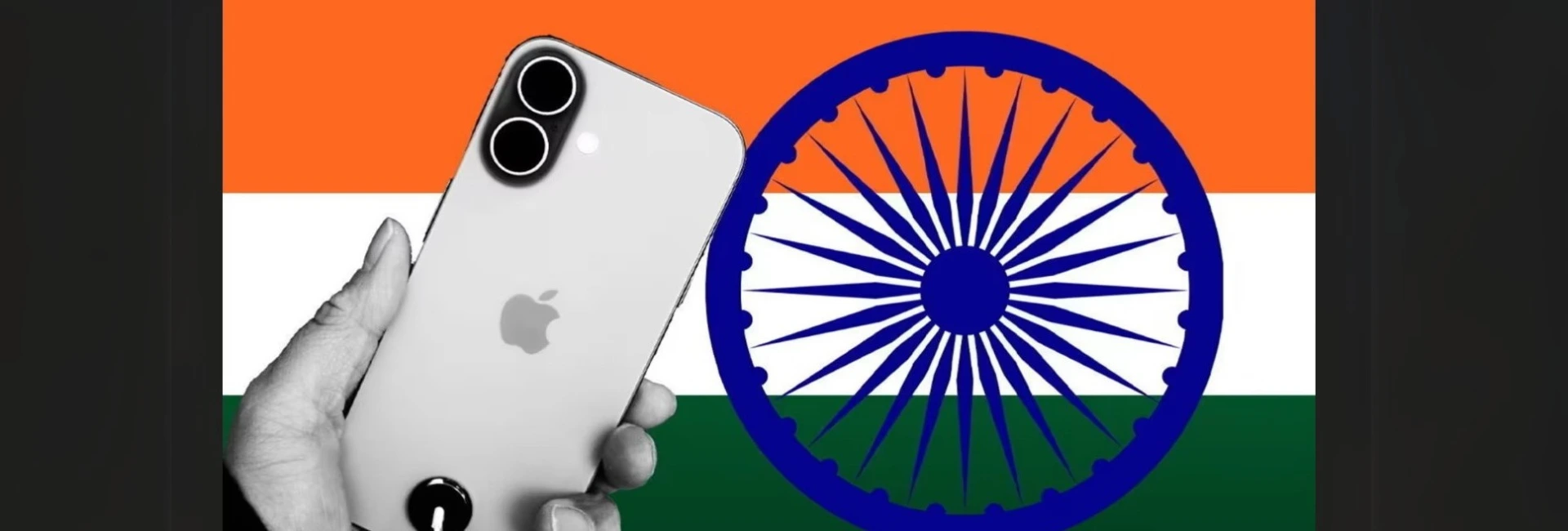
Apple turns to India to help ease Trump’s China tariffs
The article first appeared in Financial times on April 9, 2025. Apple has increased the number of flights carrying consignments of iPhones from India to the US following Donald Trump’s tariff blitz, as the tech giant grapples with one of the biggest threats to its business in years. In the days since Trump’s “liberation day” announcement, at least 10 flights have taken off from Chennai International Airport, according to three Indian officials with knowledge of the matter. Apple is relying on deepening its relationship with India to help it counter the immediate impact of the US President’s aggressive China tariffs, after it failed to get a last-minute exemption from Washington’s 104 per cent levy on the country that came into effect on Wednesday. Two Indian officials told the Financial Times that the US tech giant was looking at further investment into the country. “Apple is definitely thinking of doing more in India,” said one official. Apple declined to comment. Apple has been one of Wall Street’s biggest casualties of the US president’s tariff blitz — losing about $700bn in market value since last week’s announcements — highlighting the dilemma the group faces, having built its business around advanced manufacturing in China. Reserving India’s entire iPhone output for the US would allow it to cover some 30mn of the 50mn-plus iPhones it ships to the US each year, according to Bank of America analyst Wamsi Mohan. “I do think they have done some of that work to mitigate some of the impact in the very near term, but it’s obviously not a sustainable kind of solution for any extended period of time,” Mohan said. Apple has been quietly growing its business in India, particularly since the coronavirus pandemic wreaked havoc on its China supply chains, but it still has about 80 per cent of its smartphone manufacturing in China, according to Counterpoint Research... Read more at Financial Times Find more Global Indian Top Reads
Global Indian | World in Numbers
Statistically speaking
Global Indian | Did You Know?
Fun facts about India and Global Indians
Global Indian | Quotes
Global Indian | Opportunities
Powered by 
Publisher’s Corner

Xavier Augustin
Global Indians are highly-skilled and dynamic risk-takers, the drivers of Brand India around the world. The stage is set and it belongs to you. What’s your story?

 Read
Read Contact Us
Contact Us


